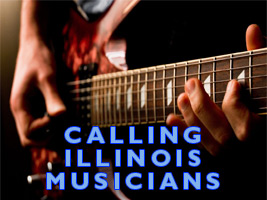- Details
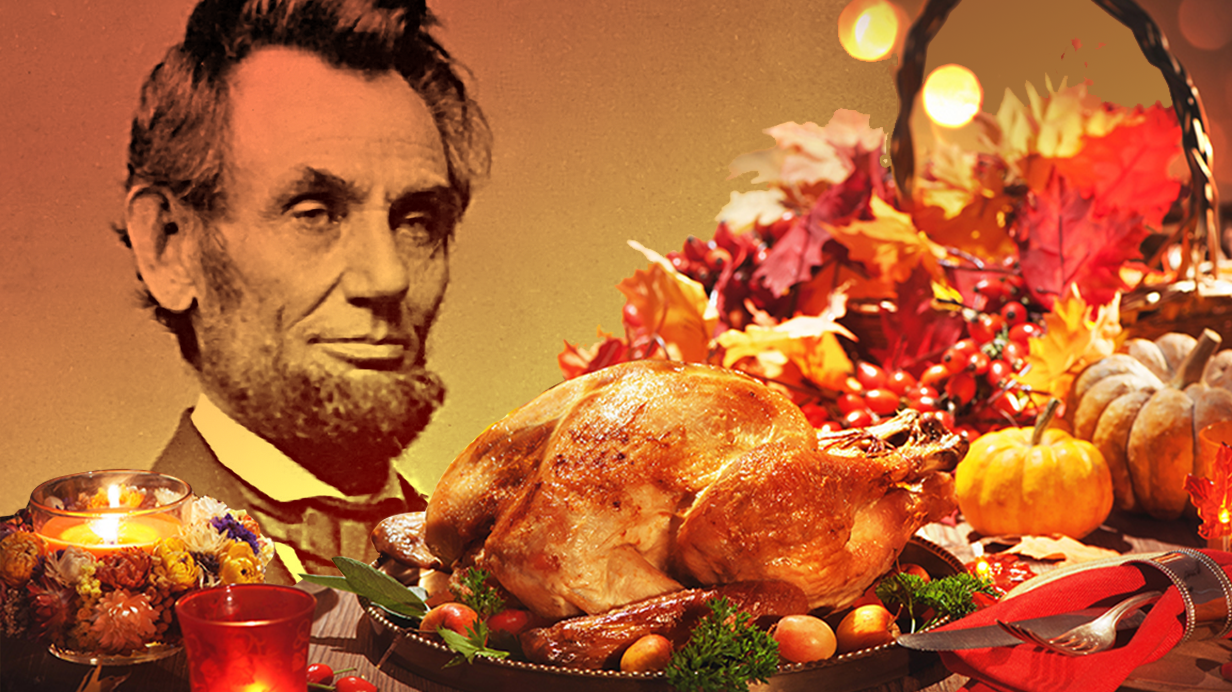
On Oct. 3, 1863, President Abraham Lincoln issued a proclamation that made Thanksgiving a national holiday.
“I do therefore invite my fellow citizens in every part of the United States, and also those who are at sea and those who are sojourning in foreign lands, to set apart and observe the last Thursday of November next, as a day of Thanksgiving and Praise to our beneficent Father who dwelleth in the Heavens,” the proclamation stated.
At that time, Lincoln saw the proclamation as a peaceful interlude amid the Civil War.
Lincoln’s announcement marked the culmination of a multi-decade campaign by Sarah Josepha Hale to make Thanksgiving into a national holiday. After Lincoln issued his proclamation, states began celebrating Thanksgiving on the same date, thus giving Lincoln the credit for nationalizing the holiday.
Now, many years later, people across the nation look forward to gathering with their loved ones and spreading gratitude thanks to Lincoln.
- Details
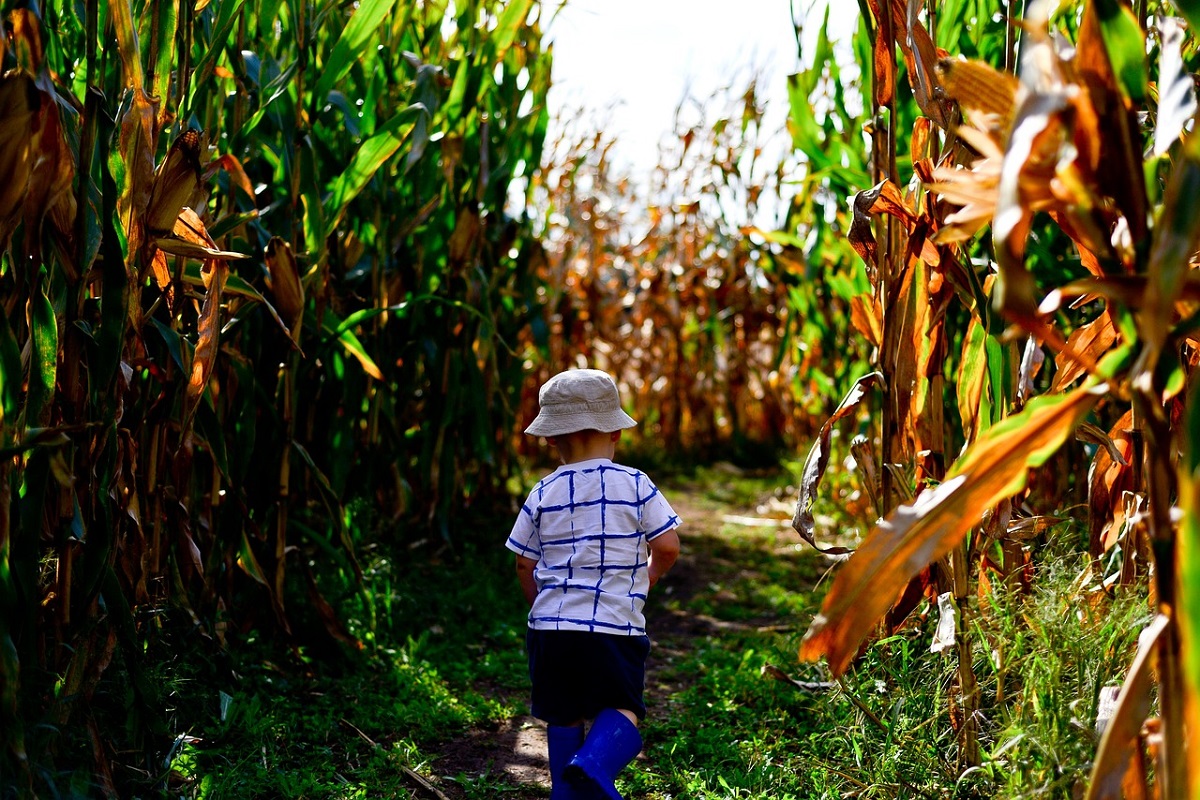
Did you know that the world’s largest corn maze is located in Spring Grove at the Richardson Adventure Farm? The massive family-owned farm is located 65 miles northwest of Chicago and covers an impressive 28 acres!
Every year, the farm has a new theme for the maze, such as “Jurassic Park.” This year’s theme celebrates John Deere, the Illinois-based agriculture equipment manufacturer.
The entire 10-mile maze – open annually from September to October – has zero dead ends and is surrounded by a perimeter path so attendees can stop and grab a snack or hot apple cider any time. The maze also features 24 hidden checkpoints, a farm scene investigation game and more.
Richardson Farm was founded in 1840. The farm hosts a number of fun activities throughout the year, including a tulip festival, sunflower fields in the summer, a craft beer festival and a Christmas tree farm. This family-owned farm is just one gem in our state that encompasses the core of what Illinois has to offer!
To learn more about the world’s largest corn maze, visit their website.
- Details
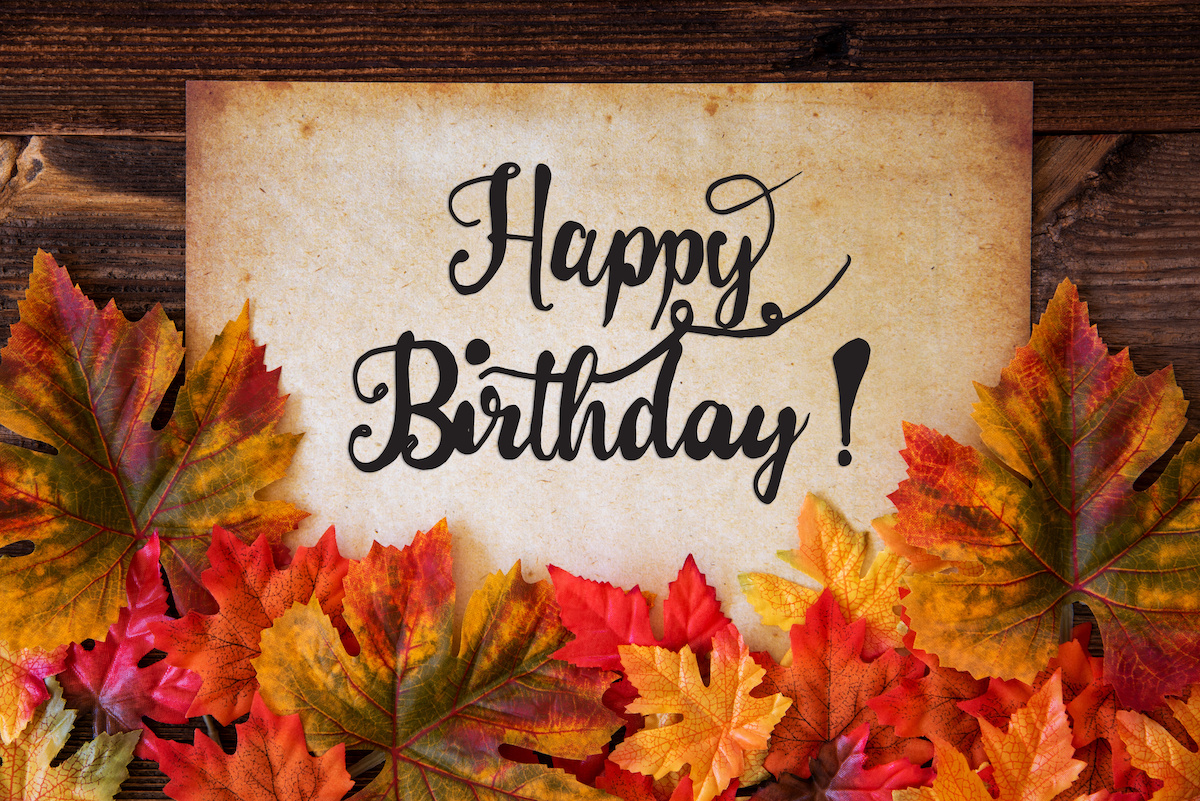 October has just begun, and Halloween will arrive soon enough! Let’s take a moment to celebrate October in Illinois with recognizing multiple notable birthdays of those born in the state during this fall season. The famous, historic or otherwise distinguished figures who can track their birthplaces back to Illinois in October are as follows:
October has just begun, and Halloween will arrive soon enough! Let’s take a moment to celebrate October in Illinois with recognizing multiple notable birthdays of those born in the state during this fall season. The famous, historic or otherwise distinguished figures who can track their birthplaces back to Illinois in October are as follows:
- Ray Kroc: American businessman credited for McDonald’s global expansion, born Oct. 5, 1902 in Oak Park
- Kevin Cronin: Musician and lead vocalist for the rock band REO Speedwagon, born Oct. 6, 1951 in Evanston
- Adlai Stevenson III: Democratic U.S. Senator from 1970 to 1981 and a captain in the United States Marine Corps, born Oct. 10, 1930 in Chicago
- Shawn Ryan: Screenwriter and television producer known for producing television series like “S.W.A.T.” and “The Night Agent,” born Oct. 11, 1966 in Rockford
- Johnny Loftus: American thoroughbred horse racing Hall of Fame jockey and first-ever American Triple Crown winner, born Oct. 13, 1895 in Chicago
- Mark Lenard: Actor, famous for his role as the father of Spock in the “Star Trek” franchise, born Oct. 15, 1924 in Chicago
- Anita O’Day: Jazz singer and self-proclaimed “song stylist,” born Oct. 18, 1919 in Chicago
- Craig Robinson: Actor and comedian known for his role in the hit television series “The Office,” born Oct. 25, 1971 in Chicago
- Hillary Clinton: Former First Lady and Secretary of State, born Oct. 26, 1947 in Park Ridge
- Details
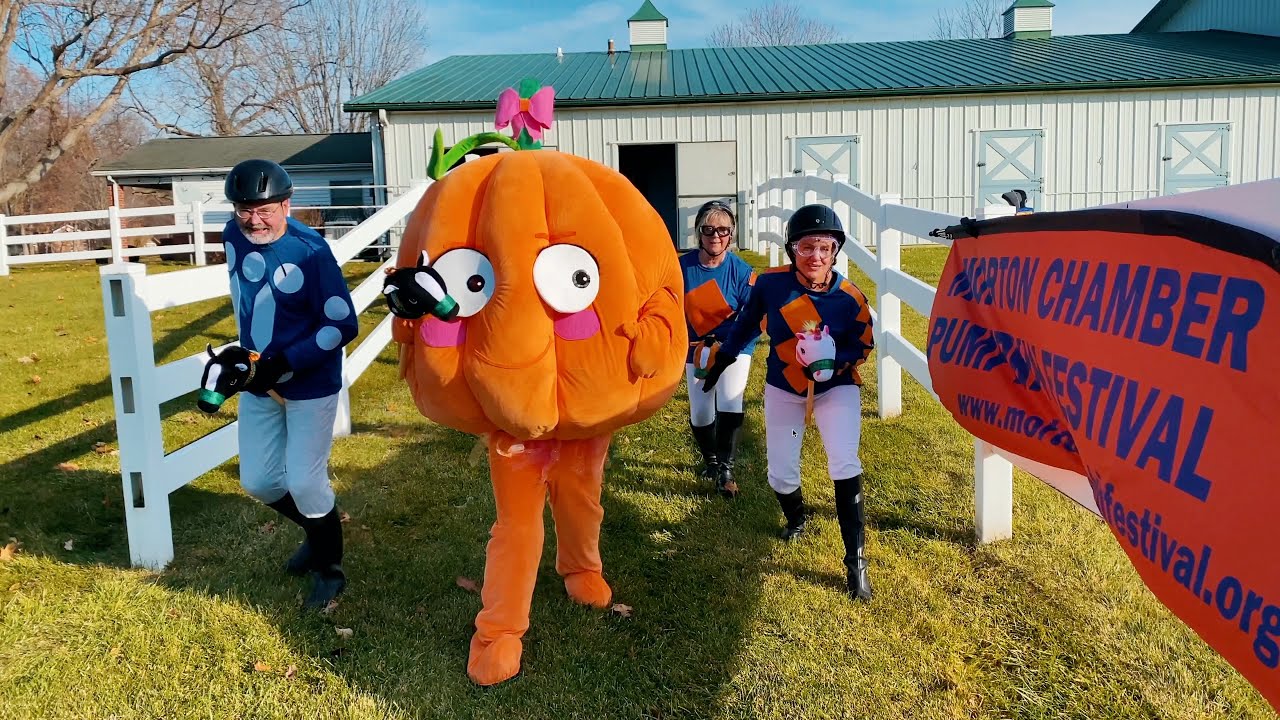 Nestled in the heart of the Illinois River Valley, Morton not only offers some of the best in Illinois living, it is also home to the Nestlé USA/Libby’s plant that produces over 85% of the world’s canned pumpkin market – effectively making Morton “The Pumpkin Capital of the World.”
Nestled in the heart of the Illinois River Valley, Morton not only offers some of the best in Illinois living, it is also home to the Nestlé USA/Libby’s plant that produces over 85% of the world’s canned pumpkin market – effectively making Morton “The Pumpkin Capital of the World.”
Opened in 1925, the Libby’s pumpkin plant has exclusively processed pumpkins since 1970. In 1967, the local Libby’s pumpkin plant celebrated the beginning of the pumpkin harvest and canning season with the first-ever Morton Pumpkin Festival. It was not until 1978 that then-Illinois Governor Jim Thompson signed a proclamation declaring Morton the pumpkin capital of the world.
Today, the town continues to celebrate their accolade through the annual Morton Pumpkin Festival, which includes over 30 special events and venues organized by more than 1,500 volunteers. Each year, the festival brings in an estimated 75,000 visitors from around the state and members of the Morton Chamber of Commerce Board of Directors and the Pumpkin Festival Advisory Committee all gather to oversee the festival’s activities.
- Details

Did you know that a comedian, producer and writer from NBC’s “Parks and Recreation” was born and raised right here in our state? Nick Offerman, born in Joliet, turns 54 today. Offerman has also appeared in “The Last of Us,” “21 Jump Street” and was a voice actor in “The Lego Movie.”
One of Offerman’s many talents is woodworking. He’s a professional boat builder with a side business as a wood craftsman. He creates wooden structures such as canoes and boats and released an instructional DVD in 2008 called Fine Woodstrip Canoe Building. He has written four autobiographies and starred in the off-Broadway play, “Annapurna.”
Offerman’s brother, Matt Offerman, lives in the state. He is also an actor and occasionally appeared on “Parks and Recreation.” Currently, he manages at Iron and Glass, a brewery in Minooka, Illinois.
Join us in celebrating the birthday of this multi-talented actor!




